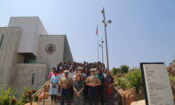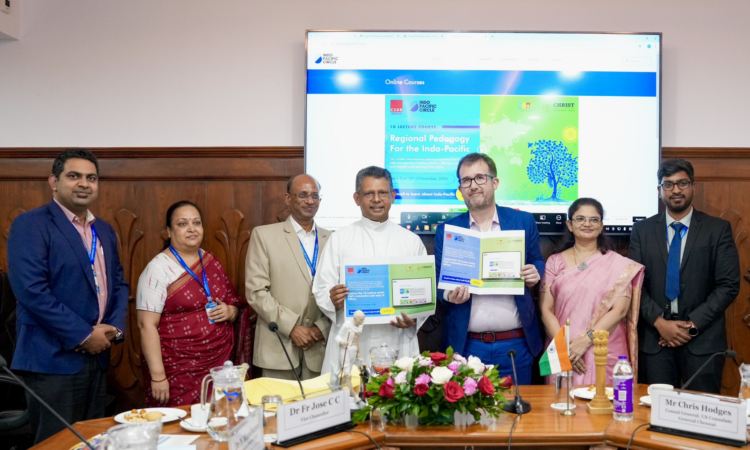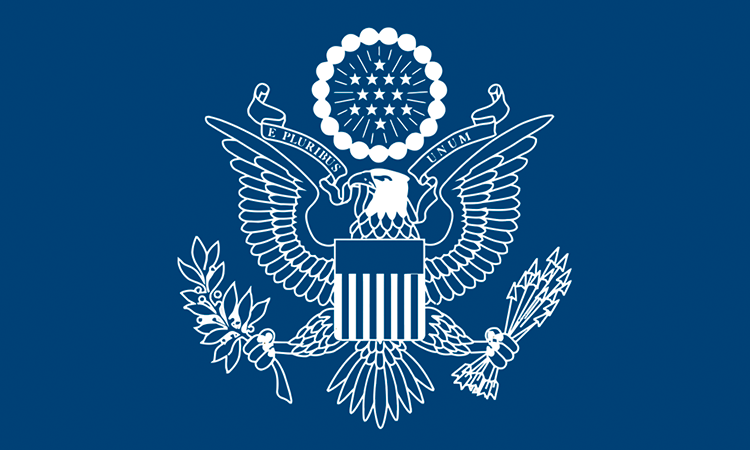October 29, 2024
Moderator: It’s 5:30pm in India. I am going to give you the ground rules and introduce our guest speaker before turning over the microphone to her. Let me start off – this is a fully on-the-record interview, roundtable. It is going to be audio only. You may use any of the comments included in this briefing and attribute them to Assistant Secretary Royce Murray. A little bit about the Assistant Secretary: Assistant Secretary Royce Bernstein Murray is the Assistant Secretary for Border and Immigration Policy at the Department of Homeland Security. She has worked in the field of immigration for 25 years, with experience in the federal government, nonprofit sector, and higher education. She holds a Juris Doctorate Law Degree from Georgetown University Law Center and a Bachelor of Arts with distinction from the University of Michigan. She is also a member of the New York Bar. I’ll turn the floor over now to Assistant Secretary Royce Murray.
A/S Murray: Thank you very much, Chris, and good afternoon, everyone. Thank you for being here. Last week, the U.S. Department of Homeland Security, or DHS, through our component agency, U.S. Immigration and Customs Enforcement, also known as ICE, conducted another large-frame charter removal flight of Indian nationals who did not establish a legal basis to remain in the United States. This charter flight to the Republic of India is in addition to a regular cadence of removals that ICE conducts via commercial flights and also builds on other charter flights we have flown to India this calendar year. This flight was part of the ongoing work of DHS to continue to enforce U.S. immigration laws and deliver tough consequences for those who enter unlawfully. This includes swiftly returning those without a legal basis to remain in the United States while encouraging the use of lawful pathways. The ongoing charter flights demonstrate the Department’s continued cooperation with the Government of India and other international partners to reduce and deter irregular migration and joint efforts to counter human smuggling. Now I’d like to make clear that the Government of India is a very important partner to the U.S. Government as we tackle various homeland security issues. I am pleased to have just returned from my visit to India last week, during which I observed the removal flight. Over the past two years, we have been strengthening our cooperation on removing Indian nationals who do not have a lawful basis to remain in the United States, including through an increased number of flights. We are looking forward to continuing to strengthen our law enforcement partnership to dismantle transnational organizations that are facilitating the irregular movement of Indians to U.S. borders through deceitful tactics, misinformation, and often dangerous human smuggling operations. Anyone who has been or has information about someone else who has been exploited by a group like this should report that to U.S. or Indian authorities. The ability to shut down these illicit and dangerous activities often begins when brave individuals come forward and share their experiences. Now, it’s important to reiterate that crossing into the United States irregularly between ports of entry is a violation of U.S. immigration law. Consequences for irregular crossings at our borders include deportation, a minimum five-year bar on re-entry to the United States, and possible criminal prosecution for those who are recidivists, who make multiple attempts to enter. Additionally, since the June 5 presidential proclamation on securing the border and its accompanying regulation went into effect, eligibility for asylum has been limited. Those who cross irregularly or present themselves without authorization along the southern border, the U.S.-Mexico border, that is, are considered ineligible for asylum with limited exceptions. This rule has helped reduce unlawful border crossings between ports of entry by more than 55% along the southern border. Since this regulation has been in place, DHS has also tripled the percentage of non-citizens we have processed for expedited removal, and the number of individuals we release from ICE custody pending their immigration court proceedings is down 80%. I also want to note that on the northern border, that is the U.S.-Canada border, Customs and Border Protection’s expanded enforcement efforts started this summer and reduced border patrol encounters by 50% from June to September. Now we can open it up to questions.
Moderator: Thank you very much, Assistant Secretary Murray. For the journalists on the line, we were fortunate to receive over 30 questions from you. A number of them were repetitive, so I’m going to try to give an exemplary question on the various different themes, and if we get through them before our time is up, we’ll open the floor up to further questions. A number of you asked about numbers, so I’ll give two exemplary questions. One from Keshav Padmadavan from The Print and Rishikesh Kumar from PTI. Could you give us a sense of the number of Indians who have been deported in the last year from the United States? Have you analyzed the trends in the recent past to see whether the number is accelerating?
A/S Murray: Thank you for that question. Let me start by saying that in fiscal year 2024, which just concluded at the end of September, the United States repatriated over 1,100 Indian nationals. That has been part of a steady increase in removals from the United States of Indian nationals over the past few years, which corresponds with a general increase in encounters that we have seen with Indian nationals in the last few years as well.
Moderator: Thank you. We also received a number of questions on the origin of the deportees. I’ll ask an exemplary question from I.P. Singh from The Times of India. Could you provide information as to which Indian states or their statewide numbers the deported individuals belonged? Is there a general trend? From which Indian states most of the illegal migrants figure in U.S. records?
A/S Murray: Thank you for that question as well. I would note that we do not have a precise breakdown of the locations from which Indian nationals are originating. This flight deplaned in Punjab, which was designed to ensure that people in general may be closer to their place of origin. However, that is meant to convey that individuals may or may not be from Punjab and surrounding states. But we do not have a precise breakdown of the locations from which Indian nationals who were returned have originated.
Moderator: Thank you. We also received a few questions on the charter flight itself. You just provided some of the charter flight details, but I’ll follow up with a question from Smita Sharma, a freelancer who also works for Voice of America, India. She asked if you could provide further details regarding the recent repatriation of illegal immigrants on October 22.
A/S Murray: I would note that our large-scale charter flights typically have over 100 individuals on board to be removed. I was there at the airport at the time of the flight arriving and deplaning. I observed individuals deplaning and being processed by the Bureau of Immigration. It was a smooth operation. We had excellent cooperation from the Government of India, and we had, of course, secured all the requisite permissions to arrange this charter flight. It was a smooth reintegration of individuals from the flight.
Moderator: Thank you. We also received a couple of questions on the reasons for deportations. I’ll ask two somewhat similar questions from Ramandeep Singh Sodhi from Punjab Kesari and Nayanima Basu from ABP. What was the main reason for deporting them, and when did you prepare their list? Nayanima also asks when did the matter come to light with U.S. authorities?
A/S Murray: Sure. Thank you for those questions. I would say that the primary reason why individuals were on this removal flight was that they sought to unlawfully enter the United States at either our U.S.-Mexico or U.S.-Canada border and did not establish a legal basis to remain, whether that be asylum or other benefits or protections that may be available under U.S. law. I should note that individuals can also be removed from the United States if they enter the United States lawfully, perhaps on a visa, and overstay those visas and are no longer lawfully present in the United States. Those individuals can be placed in immigration court proceedings, and if they receive a removal order, they are also subject to removal. Finally, I would note, of course, if an individual is in the United States with lawful permanent residence and commits a serious crime, they too can be subject to removal. But I would say generally speaking, the individuals that we removed on this particular flight were generally individuals who sought to cross one of the U.S. borders unlawfully.
Moderator: Thank you. You addressed this a little bit in your opening statements about ongoing flights, but some folks asked if this was the first charter flight. One question from Divya Agarwal from The Indian Express is, is this the first such time a charter has been done to send Indians back?
A/S Murray: Thank you, Chris. No, this is not the first time that we have sent a removal flight, a charter removal flight to India. We have had other charter flights this year, in 2024. As I noted at the outset, this is in addition to individuals whom we are able to remove via commercial ticketing who fly on commercial airlines.
Moderator: Thank you. One related question on whether this was linked to any particular events. Ashish Kumar Singh from ABP asked, was the recent exercise of sending back Indians in a removal flight in any way associated with the recent allegations made against Indian officials in a court summon by a New York court?
A/S Murray: No, this is not at all related. That is a separate law enforcement matter, and the individuals on this flight were subject to removal because they had a final removal order under U.S. immigration law. We handled that through our administrative immigration laws, and as I noted, it is totally unrelated to any other law enforcement activity underway.
Moderator: Great. Thank you. We received a number of questions on cooperation with India. I’ll ask two. First, one from Rezaul Laskar from Hindustan Times. Can cooperation between India and the United States to tackle this issue be improved?
A/S Murray: We are continuing to strengthen our working relationship with the Government of India across a range of issues, and we welcome the ongoing partnership that we have had and know we will continue to have so that we can better address the challenges we have had, as I noted, regarding the use of human smugglers or unscrupulous travel agencies that are preying on vulnerable migrants and providing them with false information to arrange their travel onward. We have been very pleased with the cooperation we are receiving from the Government of India and look forward to that relationship growing even stronger.
Moderator: Thank you. And then for journalists joining us live right now, I’m going to ask one more question that we received a couple of versions on, and then we’ll open up the floor for a few more questions. So feel free to raise your hand or type an additional question into the chat. So I have one question on cooperation again from Ravinder Robin Singh, a freelancer who also works for the BBC. He asked what efforts are being initiated by the U.S. government and U.S. embassies in collaboration with the Indian government to raise awareness about U.S. immigration policies, particularly aimed at protecting vulnerable youth from exploitation by fraudulent travel agents.
A/S Murray: Thank you for that question. I agree that the need to do robust public messaging to ensure that people have good information about how to access lawful pathways to the United States and the consequences for failing to use unlawful pathways and attempting to irregularly migrate to the United States is critically important. We are pushing out information through social media. Certainly welcome the general media – you all – to help amplify this information because we need to do more to be able to reach people whether they are unaccompanied minors or unaccompanied children, as you mentioned, or other individuals who are seeking to migrate irregularly and could fall prey to these unscrupulous actors. So that public messaging remains underway and will continue going forward.
Moderator: Thank you. Robin I know that was just the question you had asked, but you’ve got your hand up so I’m going to open the mic to you. Is there a follow-up question that you had on that?
Question: Thank you, Chris. I just sent another message question in the window. This is additionally actually how the Department of Homeland Security is working to grab this human trafficking and illegal immigration network that specifically targets young people in India.
A/S Murray: Thank you for your question. I do think that young people who are interested in studying abroad in the United States have been a target of these efforts, just given the strong amount of interest in people studying in the United States, so I would agree that young people are a particular target audience that we have to ensure that we get accurate messaging, about student visas and what is involved in studying or working in the United States.
Moderator: Thank you. Keshav, I see you had a follow-up question to your earlier question on the charter flights. Let me turn it over to you.
Question: Good evening, Assistant Secretary. Keshav here from The Print. Just a clarification. You had mentioned that about 1,100 people have been repatriated this year. So my clarification is: were they also charter flights or were some via commercial flights? And if it was also charter flights, would it be correct to say that there have been around 11 such flights, given that the typical number is about 100 people in the 2024 fiscal year? Thank you.
A/S Murray: Thank you for that request for clarification. So the removals that have happened this year have been a combination of charter flights and commercial removals. There have been several charter flights in 2024. Not all charter flights are the same size, so some charter flights are large like this one. Others can be smaller. So in short, in answer to your question, the total number comes from a combination of charter flights and commercial removals. Thank you.
Moderator: We have two questions from Divya Agarwal and Kunal Dutt that are about the same question. So if you both don’t mind, I’ll just read them out. Divya asks, did this particular charter flight, which state did it originate from and were there women and children on board? Kunal similarly asks how many illegal migrants were unaccompanied minors and how many women and minors were on board the October 22nd flight.
A/S Murray: Thank you for that question. There were no minors on this plane. All of the individuals were adults, and there was a mix of men and women. I’m not at liberty to share the breakdown of the flights further, but I can say they were all adults and there was a mix of men and women on the flight.
Moderator: Thank you. At this moment, I don’t see any more questions in the chat or hands raised, but I will give another moment to see if anyone has any additional questions. Okay, one in from Rezaul on where India stands. Give me one second, Rezaul. And there you go. Feel free to ask your question.
Question: Can you hear me?
Moderator: I hear you just fine.
Question: Thank you. Thank you for doing this, Assistant Secretary. My question is basically, you know, you mentioned a number of 1,100 for India, but if you would look at the overall figures for this calendar year, where does India stand among the countries from where most of these illegal migrants originate?
A/S Murray: Thank you for that question, sir. Of course, we have a number of migrants from countries that are in the Western Hemisphere that are within closer proximity to the United States. So, we certainly see higher numbers of individuals from the Americas than we do from places like India, which are, of course, much further away. So, you know, I don’t have a ranking to let you know where India sits exactly alongside other countries, but, you know, we have, of course, non-citizens who come to our borders from a wide range of countries around the globe, but certainly, in high numbers from the Western Hemisphere, in the Americas.
Moderator: Okay, thank you, Kunal. I see you raised your hand. Okay, it’s back down. Got it. So, Seema Guha from Outlook, I will give you permission to talk right there. Okay, go ahead, Seema, with your question. Seema, you’re on mute. Feel free to unmute yourself.
Question: I wanted to know about the other South Asian countries. India, does it have the largest numbers? And what about the other countries? Nepal, Sri Lanka, Bangladesh.
A/S Murray: Thank you for that question. I don’t have the precise numbers of other South Asian countries with me. Maybe information that we could otherwise provide. But, you know, India has certainly been, you know, in South Asia the top country of migration to the United States.
Moderator: Thank you. We have Sahil Pandey here. Give me one second. Sahil, from [ANI]. There you go. Feel free to unmute yourself and ask your question.
Question: Thank you so much for this opportunity. Just wanted to know about this aspect. When you interviewed all these people who were deported, what were the major reasons you encountered for not getting the migration through and what was the major reason for them getting detained?
A/S Murray: Thank you for your question. I can’t speak to the specifics of individual cases. I would say, you know, individuals under U.S. law are able to seek asylum in the United States. As I noted, I can’t get into the specifics of any of those claims. But, you know, during our interview process, if there is a fear of return that is expressed, we have that individual interviewed by an asylum officer who reviews that claim. These are trained officers who ask a variety of questions. And so that way we can be assured that once someone has a removal order and is subject to actual removal to their country of origin, that they are not being returned to harm’s way. You know, in general, of course, in order to remove individuals to India, for example, or to any country, we have to also ensure that people are nationals of that country. And so we will ask individuals questions about their nationality and work with the Government of India to verify their nationality. Those are the types of questions that we ask individuals prior to arranging for their removal.
Moderator: Thank you. We’re getting close to the half-hour mark, so I’m just going to take one last question here. I think I’ll answer one and correct me if I’m wrong, Assistant Secretary, a question was if we could mention the starting and ending month for fiscal year 24. And so that started in October of 2023 and ended September 30 of this year. And then the last question, Divya Agarwal asks if you could share where the charter flight took off from in the United States.
A/S Murray: Unfortunately, due to operational security, we don’t speak to those locations. And the plane certainly made several stops as flights often do. So unfortunately, I’m not at liberty to disclose that information today.
Moderator: Great. Well, that’s it for today. Thank you very much to all of the journalists that joined us live, as well as those that submitted questions. We really appreciate your joining us. We are going to try to put a transcript together, and we’ll send that out to participants as soon as we can, probably tomorrow at some point. Assistant Secretary Murray. Thank you very much for joining us. Do you have any last words that you’d like to share?
A/S Murray: No. Thank you, Chris. I’m just grateful that everyone has joined us here this afternoon. And I appreciate your interest in this flight and our ongoing cooperation with the Government of India.
Moderator: Thank you. Have a great evening, everyone.





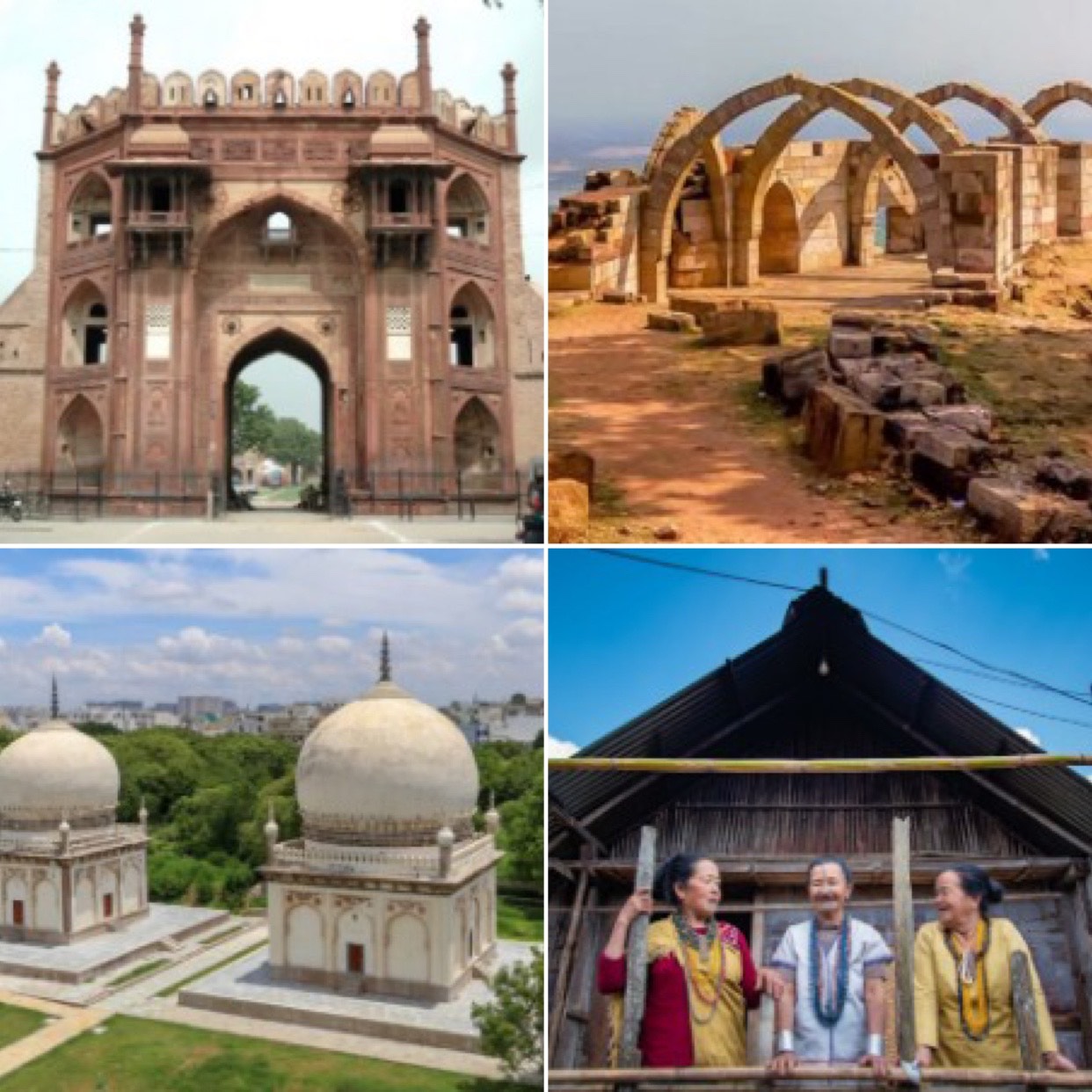


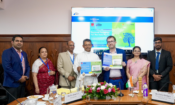
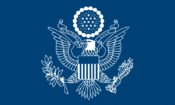
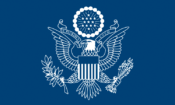

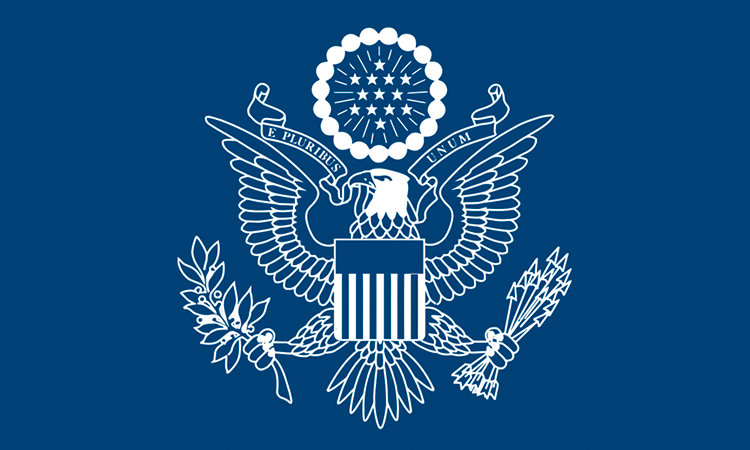
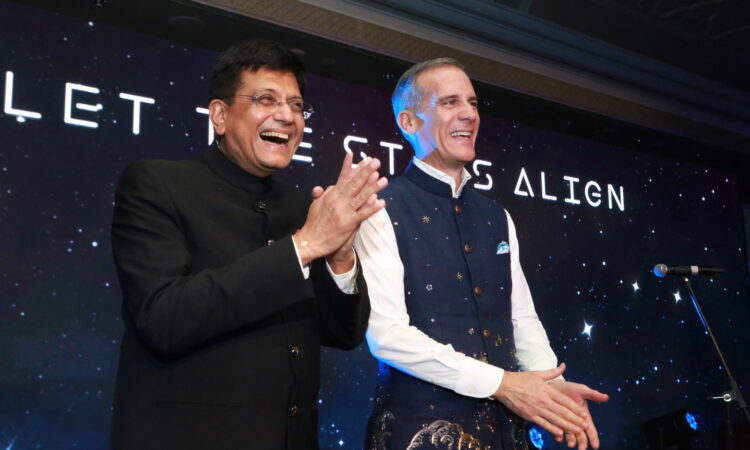
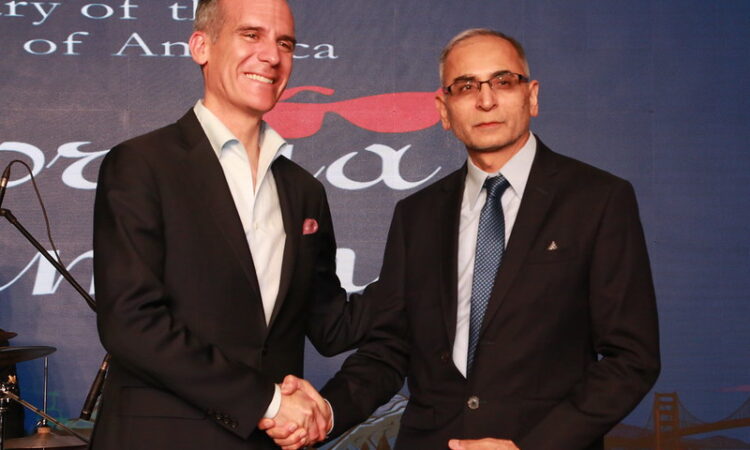


![[L-R] Actor Kamal Haasan, U.S. Ambassador to India Eric Garcetti, Tamil Nadu Minister for School Education Anbil Mahesh Poyyamozhi, and U.S. Consul General in Chennai Chris Hodges celebrate the 248th anniversary of U.S. National Day in Chennai on Thursday, July 18, 2024.](../wp-content/uploads/sites/71/IMG_2546-175x105.jpg)
